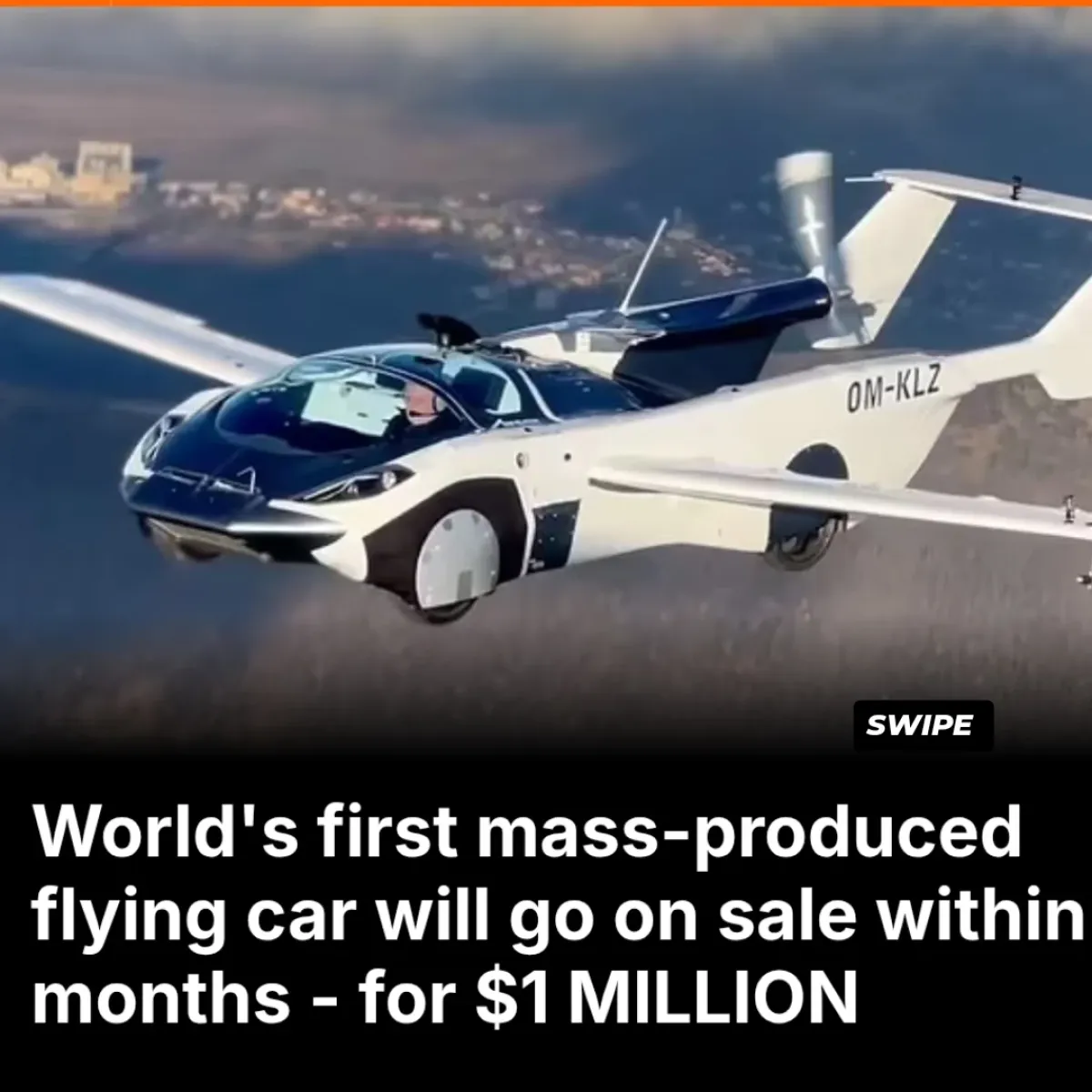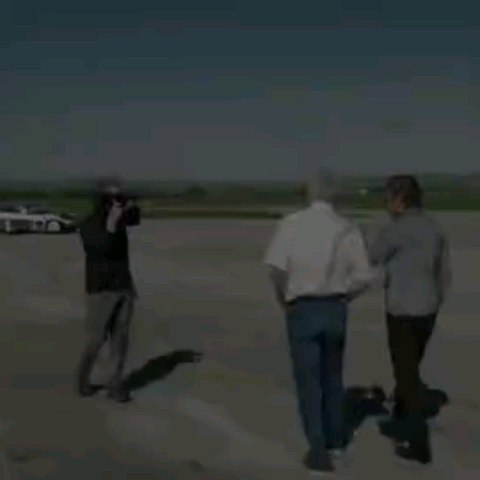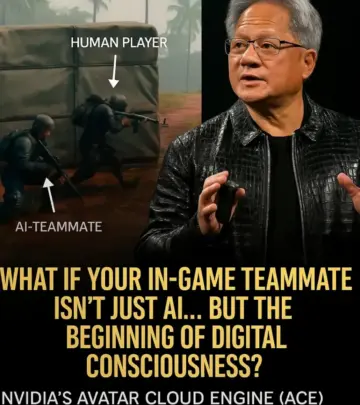Flying Car Takes Off in 2026
Flying Car Innovation Merges Roads And Runways, Heralding a Bold Future In Global Mobility

Image: Instagram
Billy Carson, known for his work with 4biddenknowledge and his innovative takes on ancient mysteries and futuristic technology, has recently unveiled a concept that could redefine modern transportation. The world’s first mass-produced flying car is set to take to the skies in 2026. This breakthrough marks a significant step forward where traditional driving meets the realm of aviation, opening up the possibility for multidimensional travel.
World’s First Mass-produced Flying Car Takes Off
In a recent Instagram post by Billy Carson, the announcement reads: “The world’s first mass-produced flying car takes to the skies in 2026. Driving meets aviation. Welcome to the new era of multidimensional travel.” The succinct caption not only piques interest but also signals the dawn of a revolution where ground and air travel come together in a seamless fusion. This development has already set social media abuzz with excitement over what pioneers in the automobile and aerospace industries refer to as the next leap in personal transportation.
Innovative engineering challenges and regulatory hurdles aside, the concept behind the flying car has managed to capture the imagination of both technology enthusiasts and casual observers alike. In addition to its futuristic outlook, the flying car promises to blend the efficiency and convenience of everyday vehicles with the speed and flexibility of aircraft, thereby potentially reducing congestion and revolutionizing daily commutes in urban environments.
Billy Carson’s Vision For Future Travel
Billy Carson, whose work on alternative theories and advanced technology has earned him a dedicated following, appears to be steering his personal brand toward unveiling tomorrow’s breakthroughs today. With a background that straddles research, entrepreneurship, and digital storytelling, Carson’s announcement is more than a mere tease; it signals a proactive approach to embracing a future once reserved solely for science fiction. According to public records and biographical details available on his Wikipedia page, Carson has long been fascinated by the marriage of ancient wisdom and modern technology, making this venture into multidimensional travel seem like a natural progression for his career.
The concept of a flying car has been revisited in popular media for decades, but the prospect of mass production is new. Emerging prototypes over the years have remained largely in the experimental phase. However, with advancements in battery technology, autonomous flight controls, and lightweight composite materials, the challenge of translating a design from the drawing board to our highways and airways is becoming increasingly feasible. Industry analysts are now watching the development closely, as the integration of these innovations could set off a cascade of changes in how we organize our cities and travel between them.
A New Era Of Multidimensional Travel
The announcement comes at a time when mobility is undergoing a radical transformation. In major cities, where traffic congestions are a daily challenge, the possibility of an aerial alternative to the traditional car promises to reduce commute times and lower carbon footprints by optimizing travel routes that were previously unimaginable. The integration of such futuristic vehicles could potentially herald an era of multidimensional commuting where distance and traffic are no longer constraints.
While many details about the vehicle’s design, performance metrics, and safety protocols remain under wraps, experts agree that even the idea of a functional, mass-produced flying car could have far-reaching implications. Billy Carson’s post has invited questions about the technology’s real-world application, the necessary regulatory changes, and most importantly, how the market and consumers will embrace this revolutionary concept. Early reviews on related tech forums suggest that while skepticism remains, anticipation is building for what could well be the next big leap in transportation.
Adding context to this announcement, previous digital content shared by Carson and his collaborators on his Instagram handle have touched upon various forward-thinking topics—from discussions of digital consciousness in AI-driven gaming avatars to revisiting controversial theories around rapid technological developments. Yet, this latest announcement distinguishes itself by focusing on a tangible innovation that could soon be seen soaring above our everyday roads.
For enthusiasts and futurists alike, the integration of automotive technology with aviation is an exciting challenge that moves beyond the realm of possibility and steps into practicality. It is a call for regulatory agencies to adapt, for manufacturers to innovate safely, and for cities to reimagine infrastructure that supports a three-dimensional commute. Billy Carson’s role in this narrative is pivotal, as he not only acts as a messenger of emerging technology but also as an advocate for a future where boundaries are continually redefined.
The looming debut in 2026 is being eagerly anticipated by a community of innovators and everyday consumers who yearn for a more efficient and exciting mode of travel. While many details remain to be publicized in the coming months, the conversation around multidimensional travel has already been set in motion, promising not just a new car model, but an entirely new way of viewing mobility.
As this headline-grabbing announcement begins to take flight across digital platforms, the question remains: Will the mass-produced flying car redefine our understanding of everyday travel and urban planning, or will it remain a visionary concept waiting for its day in the regulatory sun? With more details expected in follow-up releases and interviews, the coming years promise to be an exciting period for both transportation enthusiasts and technology skeptics.
Carson’s bold announcement invites us to reimagine the very nature of transit and the potential for future mobility solutions. The fusion of driving and aviation in a mass-market vehicle might very well pioneer a new chapter in transportation history, one that bridges the gap between science fiction and everyday reality.
Read full bio of Cynthia Jean Daniel




















